10 types of the most effective cold weapons that you should stay away from
Categories: History
By Pictolic https://pictolic.com/article/10-types-of-the-most-effective-cold-weapons-that-you-should-stay-away-from1.htmlThis kind of cold steel, like brass knuckles, is known to everyone. But humanity has also invented other non-firearms, which in duels turns out to be very effective and can cause serious damage to the enemy. We have collected ten of the most effective cold weapons, which are better to encounter only in museum collections.


1. Pata
Pata is a weapon invented in India. Initially, it was used by an ancient caste of Maratha warriors, and later this weapon spread throughout most of India. In essence, it was a sword attached to a gauntlet, but, unlike a regular glove, such a weapon protected the arm up to the elbow. Since the entire structure from the tip of the sword to the elbow was one piece, Maratha warriors were unable to move their wrist, so all movement had to come from the elbow. It is believed that such weapons were more often used by horsemen.
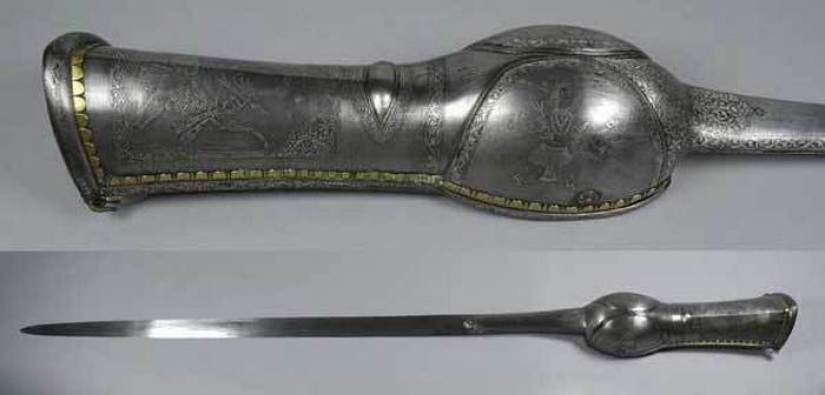
2. Cestus
Boxing in Rome was often deadly, as Roman boxers wore cestus on their hands. It was a kind of gloves, which were most often made of leather strips covered with metal. Although gladiators often fought to the death, fighters could sometimes give up and even agree to a brief truce to rest. Roman boxing was a very cruel sport, even the winner often remained disfigured.

3. Santensu
A simple but effective weapon used by samurai, santensu was a pocket iron rod, which was usually equipped with a ring attached to the center. The middle finger was threaded into the ring, and the rod was squeezed in the palm of the hand. Perhaps because of its simplicity, santensu was easily adaptable to a specific user. The ring could be equipped with spikes to add additional striking power to the blow. Some santensu were equipped with long spikes instead of rings for this purpose. Such santensu were used for murder rather than for self-defense.
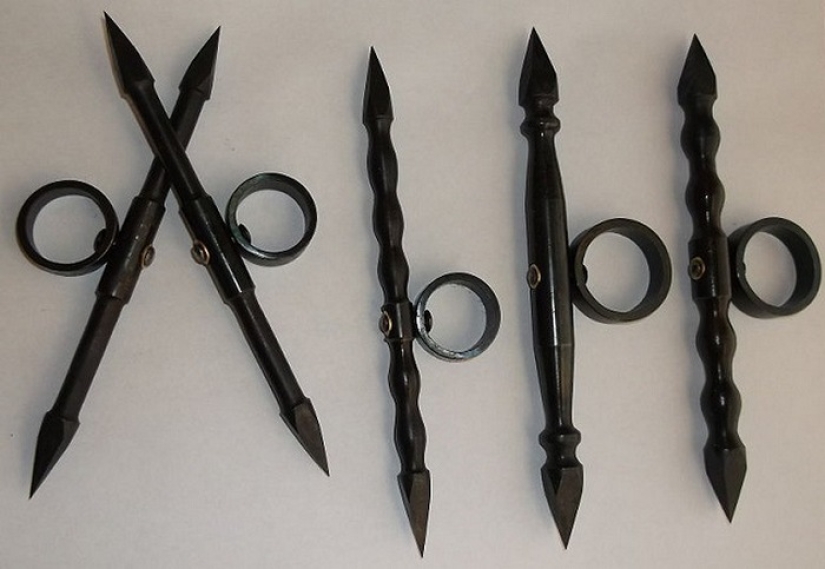
4. Turkana finger knife
The nomadic Turkana tribe, as well as a number of neighboring communities, used this item both in everyday life and as a weapon. Finger knives, which were known as corogat, were made of iron and aluminum. They were a ring put on a finger with a protruding plate 7-8 cm long . In everyday life, finger knives were used for cutting food and as toothpicks. During the battle, they were very effective weapons, which usually tried to hit the eyes.
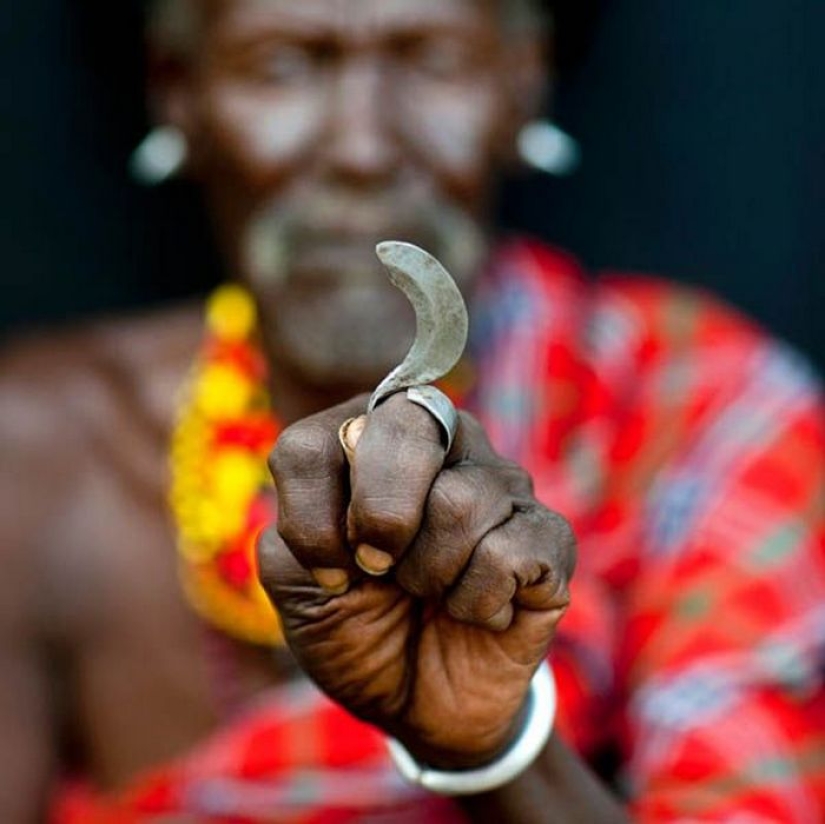
5. SAP gloves
SAP gloves weighted with metal shot are non-lethal weapons and are often used by security personnel today. Bodyguards, bouncers and law enforcement agencies use them in case of a sudden fight. Unlike weapons such as brass knuckles, SAP gloves cause fewer injuries.
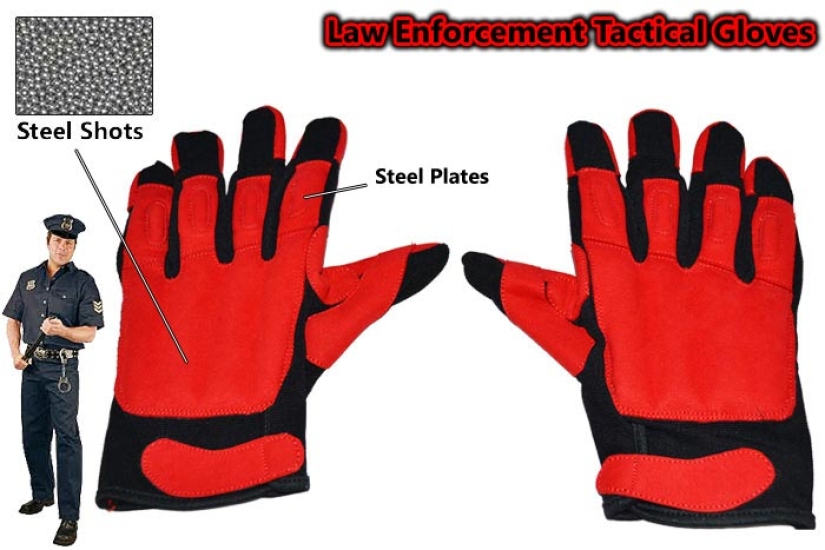
6. Tiger's Claw Bagh Nakh
Bagh Nakh was a symbolic, but not a lethal weapon. It was common in the Mysore region of India in the 1700s, where the supreme goddess was worshipped in the form of a tiger. Bagh Nakh, which literally translates as "tiger claws", consisted of four or five pointed curved blades attached to a crossbar. Such weapons tore the skin and muscles like a tiger's paw.
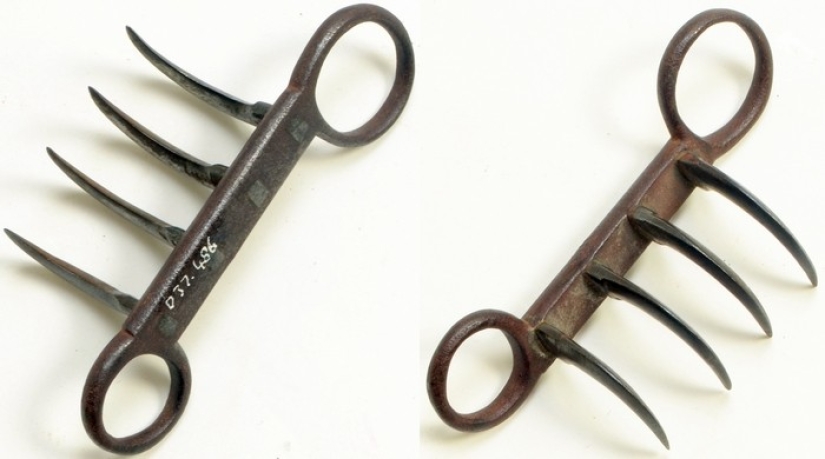
7. Brass knuckles "deer horns"
Brass knuckles-knives in the form of two crossed crescent moons "deer horns" were a formidable pair of Chinese weapons used by the creator of the kung fu school Baguazhang Dong Hai Chuan. There were legends that Chuan, the tax collector, relied only on his knives while traveling, alone dealing with gangs of robbers. The technique of using this brass knuckles knife was based on the baguazhang unarmed combat system, and students were allowed to use exotic weapons only after many years of training with bare hands due to the high probability of injuries.
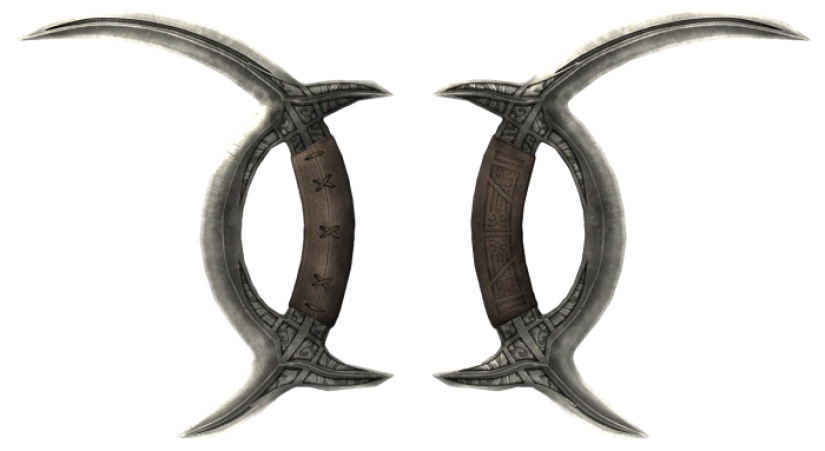
8. Tekko
The Tekko is an Okinawan weapon, known in some provinces as the "iron fist". It was traditionally made of wood and metal, and the blade was in the shape of a crescent. There were three small spikes on the rim of the tekko, with which they tried to hit the joints, ribs and collarbones. If the opponent tried to grab the forearms of the owner of such a brass knuckles, then the usual turn of the wrist was enough to cut his hands.
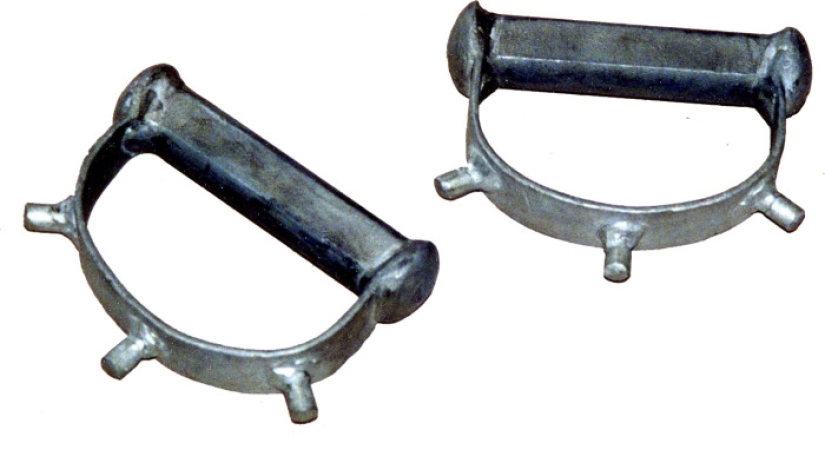
9. Gadling
Anyone who was interested in the armament of European knights, probably paid attention to their armored gloves. While the main purpose of the gloves was to protect the hand, the creators of the gloves could not miss the chance to use them as brass knuckles. At the end of the 14th century, gunsmiths began to attach metal studs and spikes, called gadlings, to the knuckles of knight's mittens. This was essentially a weapon of last resort, if suddenly a knight's sword was knocked out.
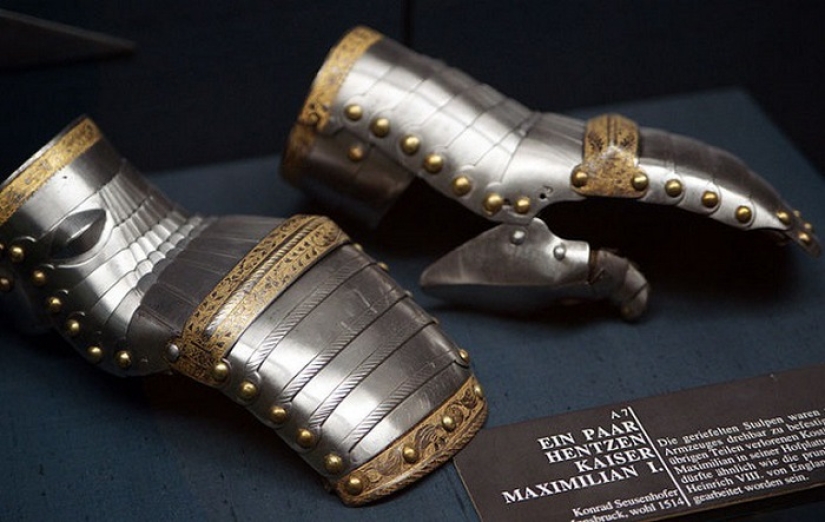
10. Brass knuckles knife
A brass knuckles knife is a type of knife that is worn covertly in a sleeve, on a belt or in unloading. This is a stylized modern form of ancient Qatar, the blade of which is attached perpendicular to the handle, while it is passed between the fingers. These knives became popular during the gold rush in the 19th century and gained huge popularity among the underworld.
Recent articles

Much has been said and written about the secret affairs of the 35th US President John Kennedy. The most famous is his affair with ...

We present you a small tour of the most famous monuments of dead geniuses. --> Grave of Oscar Wilde in the cemetery of ...
Related articles

Dueling is considered the prerogative of men, but this opinion is erroneous. Women, too, were not averse to fighting each other, ...

Medieval knights, clad from head to toe in armor, seem invulnerable. But in reality, tens of kilograms of high-grade steel only ...

The allied landings in Normandy in the early summer of 1944, can be called the most tragic page in the history of the us army. ...

The scientific names of animals often mislead us. And appearances can often be deceiving. An inhabitant of the jungles of South ...